What is an LMS platform and why would my organisation need it?
An LMS or learning management system (often known as a platform) is a platform that hosts educational courses, staff training or programmes which are delivered online. It can be formed from a variety of content types, such as video, documents and courses. Likewise, it can take a variety of forms including instructor-led learning, independent, notes-based learning and discussion boards.










